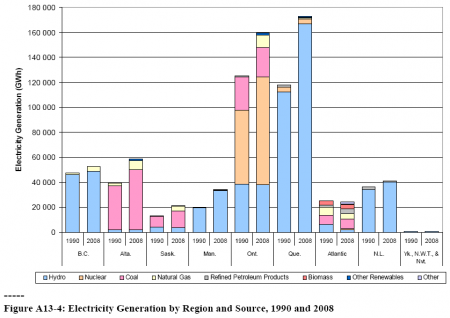
Talking with my friend Meaghan, the question arose: what is the single most useful thing individuals can do easily to help address climate change? Almost certainly, it is taking some action to influence the politics in their country. For those living in democracies, there is probably nothing more useful they can do than nudging their elected representatives a bit toward understanding climate change, wanting to curb it, and being aware of how to do so.
As BuryCoal argues, the key to dealing with climate change is to stop burning fossil fuels. The more coal, oil, and gas stay underground, the less the climate will change. At the moment, I think that is probably the most important message people can convey to their representatives.
Of course, anyone who you tell that to is likely to come back at you with various objections. Fossil fuels power the world economy, for instance. It may be unrealistic to expect the average citizen to prepare counter-arguments for the major objections they will hear – which range from the realistic to the completely deluded. This major counter-argument, however, seems to have two responses. First, we do have alternatives. The total amount of renewable energy out there is huge, and we have many different ways to capture it. Second, nothing about the universe guarantees our current level of energy use. It may well be that future generations experience leaner times. That is far preferable to a world where they are trying to deal with catastrophic or runaway climate change.
The degree to which members of the general public need to understand climate change and its solutions is debatable. It may well be that the problem can be solved by stealth, without much input from the average individual. My fantasy climate change policy doesn’t call for much in the way of voluntary action. For those individuals who are concerned, I would say that first and foremost they should be expressing their deep concern to their elected representatives, highlighting how climate change is the challenge facing humanity and the most important current force that will determine how future generations live.
Once you have done that, you can go on to take actions that reduce your personal contribution to the problem, like improving the efficiency of your home, going vegetarian, reducing travel, etc. Ultimately, the emergence of society-wide mandatory solutions seems to have a much greater chance of addressing the problem than hoping for bottom-up voluntary actions to do the job.
One North American group focused on encouraging ordinary citizens to lobby their representatives for action on climate change is the Citizens Climate Lobby.




